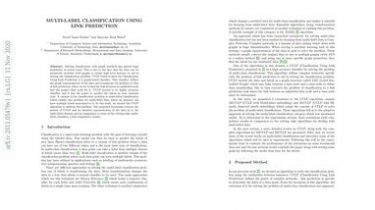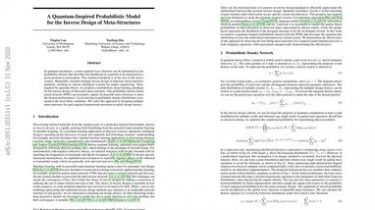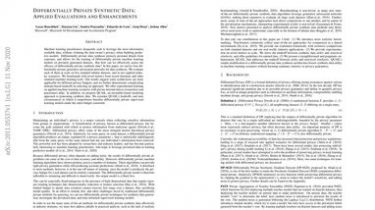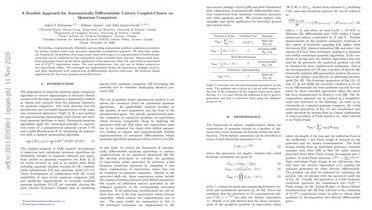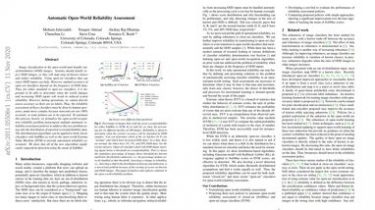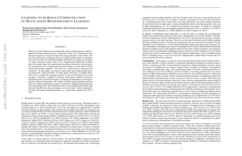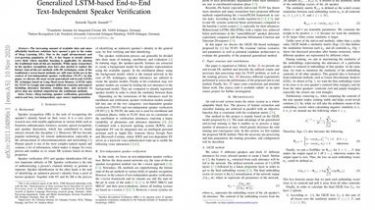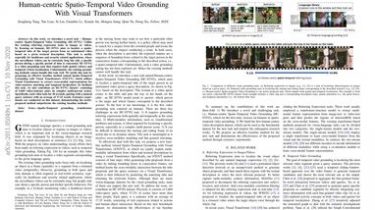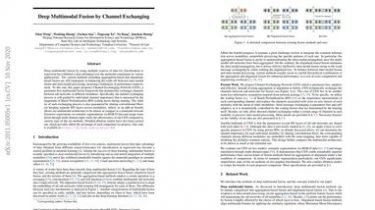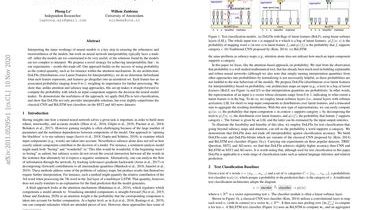Multi-Label Classification Using Link Prediction
Solving classification with graph methods has gained huge popularity in recent years. This is due to the fact that the data can be intuitively modeled with graphs to utilize high level features to aid in solving the classification problem… CULP which is short for Classification Using Link Prediction is a graph-based classifier. This classifier utilizes the graph representation of the data and transforms the problem to that of link prediction where we try to find the link between an unlabeled […]
Read more